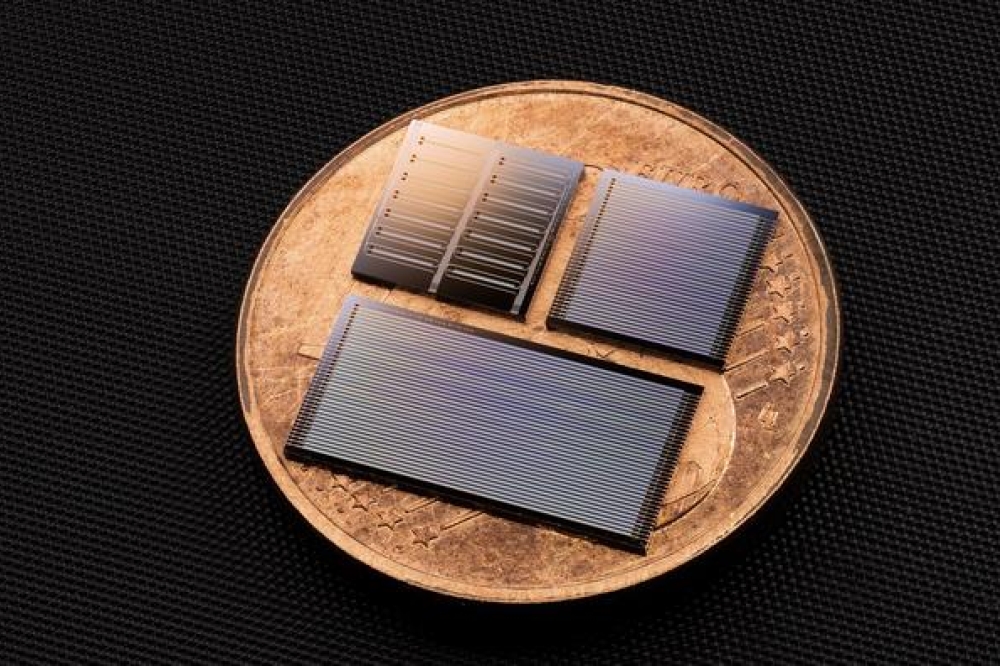Next-generation communication core material: lithium tantalate

With the rapid development of the Internet of Things, artificial intelligence, and big data technology, lithium tantalate (LiTaO3) has been widely used in digital signal processing, 5G communications, guidance, infrared detectors and other fields due to its excellent properties such as piezoelectricity, acousto-optics, and electro-optics. Its single crystal film is considered to be a new material urgently needed for the development of new devices in the post-Moore era.
Lithium tantalate is a multifunctional crystal material with excellent performance. It has an ilmenite structure and is colorless or light yellow. Its crystal raw materials are abundant, its performance is stable, and it is easy to process. It can produce high-quality, large-size single crystals. Polished lithium tantalate crystals can be widely used in the manufacture of electronic communication devices such as resonators, surface filters, and transducers. It is an indispensable functional material in many high-end communication fields such as mobile phones, satellite communications, and aerospace.
Main Applications
Surface Acoustic Wave (SAW) Filter
Surface acoustic wave filter is a special filtering device made by using the piezoelectric effect of piezoelectric crystal oscillator materials and the physical characteristics of surface acoustic wave propagation. It has the advantages of low transmission loss, high reliability, large manufacturing flexibility, analog/digital compatibility, and excellent frequency selection characteristics. Its main components include transmission line, piezoelectric crystal and attenuator. When the signal reaches the surface of the piezoelectric crystal through the transmission line, surface acoustic waves will be generated. The speed of surface acoustic waves of different frequencies is different during propagation. By reasonably designing the geometric shape and transmission parameters of the piezoelectric crystal and the interdigital transducer and the existence of the reflector, filtering effects of different frequencies can be achieved.
Crystal Oscillator
A crystal oscillator is an energy conversion device that converts direct current into alternating current with a certain frequency. It mainly uses the piezoelectric effect of piezoelectric crystals to generate stable electrical oscillations. When voltage is applied to the two poles of the chip, the crystal will deform, thereby generating voltage on the metal sheet. Crystal oscillators are widely used in communication radio stations, GPS, satellite communications, remote control mobile devices, mobile phone transmitters, and high-end frequency counters because of their highly stable frequency AC signals. It usually uses crystals that can convert electrical energy and mechanical energy to provide stable and accurate single-frequency oscillations. Currently, commonly used crystal materials include quartz semiconductor materials and lithium tantalate chips.
Pyroelectric detector
A pyroelectric detector is a sensor that uses the pyroelectric effect to detect temperature changes or infrared radiation. It can detect the energy changes of the target in a non-contact form, thereby generating a measurable electrical signal. Its core component is a pyroelectric chip, a single crystal material with special properties, usually composed of units with opposite charges, with crystal axes and spontaneous polarization. Pyroelectric materials need to be prepared very thin, and electrodes are plated on the surface perpendicular to the crystal axis. The upper surface electrode needs to be plated with an absorption layer before it can be used. When infrared radiation reaches the absorption layer, the pyroelectric chip will be heated and a surface electrode will be generated; if the radiation is interrupted, a reverse polarization charge will be generated.
Lithium tantalate has broad application prospects in 5G communications, photonic chips, quantum information and other fields due to its large pyroelectric coefficient, high Curie temperature, small dielectric loss factor, low thermal melting point per unit volume, small relative dielectric constant and stable performance.
